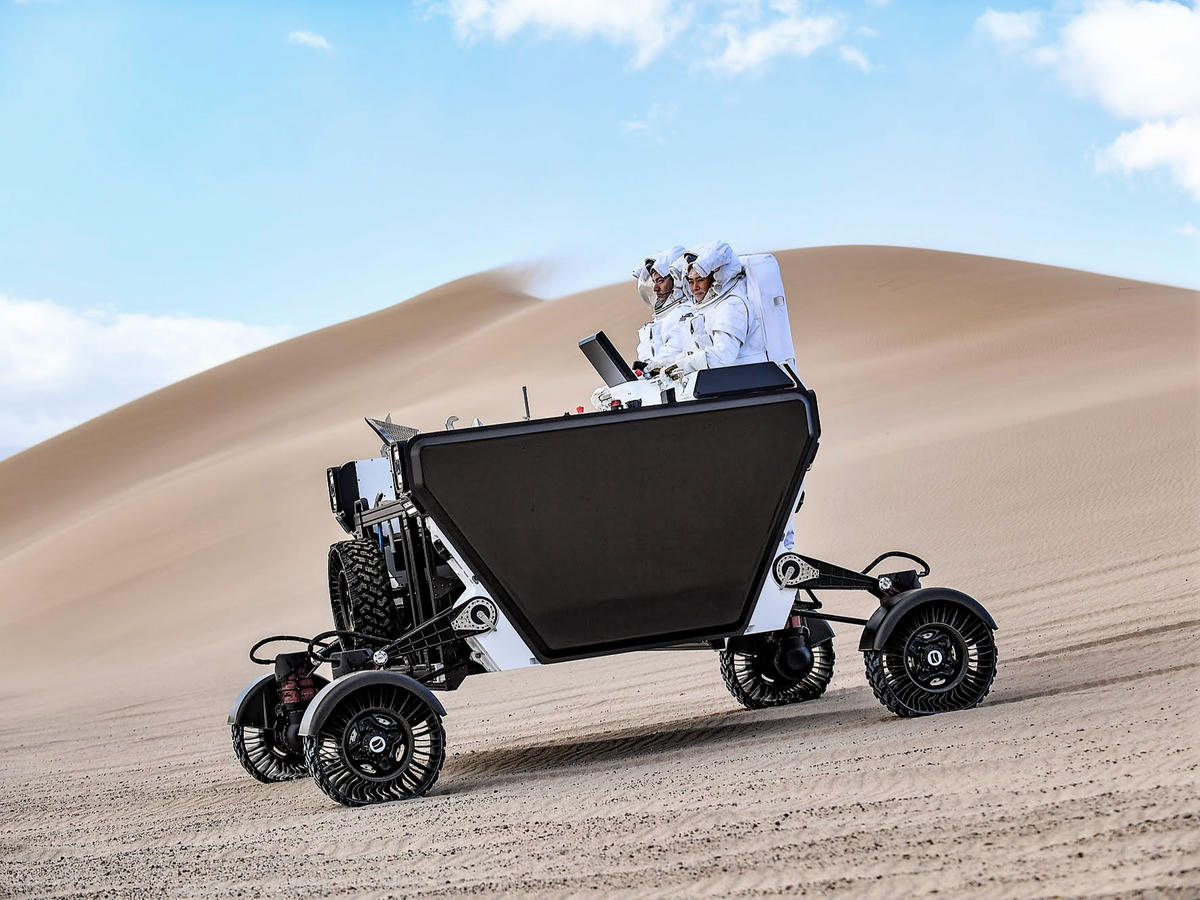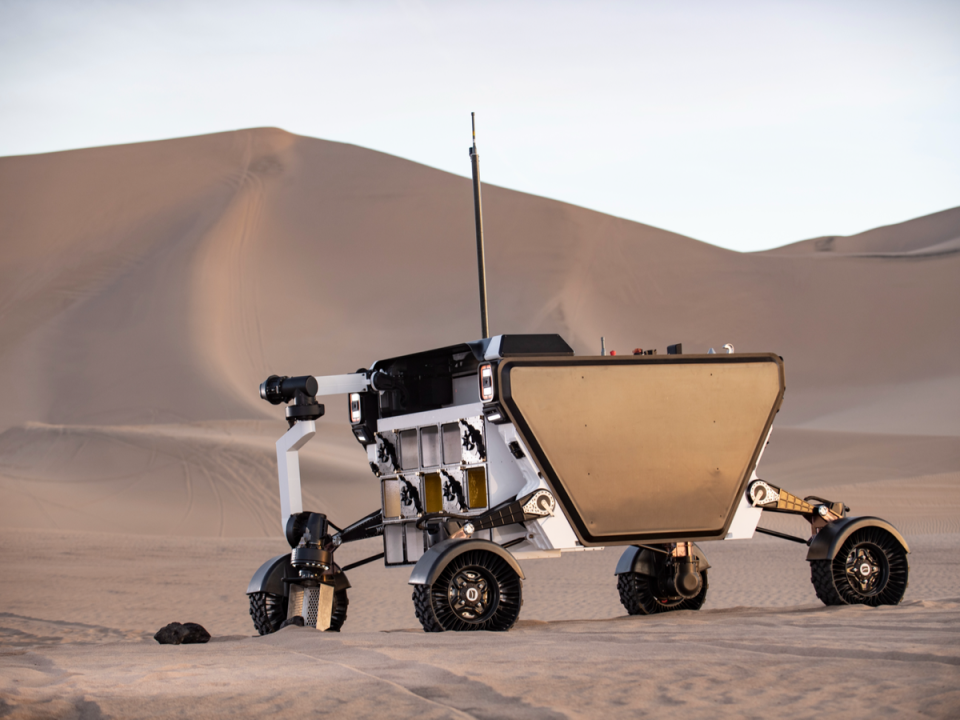Starship will carry Jeep-sized rover to Moon in 2026

SpaceX will launch an SUV-sized rover to the Moon after agreeing a first commercial contract for its next-generation Starship rocket.
US-based startup Astrolab said its Flex moon rover would launch as early as 2026, despite SpaceX not yet completing an orbital test of Starship.
Astrolab describes Flex as “the largest and most capable rover to ever travel to the Moon”, with plans to also develop it for future Mars missions.
Once completed, it will be able to carry two astronauts and cargo across the lunar surface at up to 24 kilometres per hour (15mph), as well as perform robotic arm operations.
“We’ve created a logistics system that can accommodate a wide variety of cargo,” said Astrolab chief executive Jaret Matthews.
“We expect that this approach will help establish a permanent lunar outpost on the Moon at a lower cost and in less time than previously envisioned.”
Astrolab has already begun testing a terrestrial prototype of the Flex rover, transporting crew and cargo in lunar simulations in the California desert.

Tests for Starship are also underway, with the first orbital launch expected to take place later this month, pending approval from aviation regulators.
A spokesperson for the US Federal Aviation Administration (FAA) confirmed to The Independent that SpaceX has not yet been granted a licence for the orbital launch of Starship.
SpaceX has already performed a successful high-altitude flight test of a Starship prototype, though several of the early tests ended in explosions.
Measuring 120 metres when stacked on top of its booster, Starship will be the largest rocket ever built. SpaceX ultimately plans to mass produce the reusable rocket system in order to establish a self-sustaining human colony on Mars.
“Starship is designed to transport large amounts of cargo, including rovers, to the Moon and Mars for research and exploration,” said Tom Ochinero, a senior vice president within SpaceX’s commercial division.
“Developing sustainable outposts will require lunar logistics and transportation on the surface of the Moon, like what Astrolab offers. We look forward to working with the Astrolab team to deliver their Flex Rover to the surface of the Moon.”
Astrolab also hopes to be part of any future Mars colony plans, with the company envisioning a fleet of its Flex rovers on both the Moon and the Red Planet.

 Yahoo News
Yahoo News 
